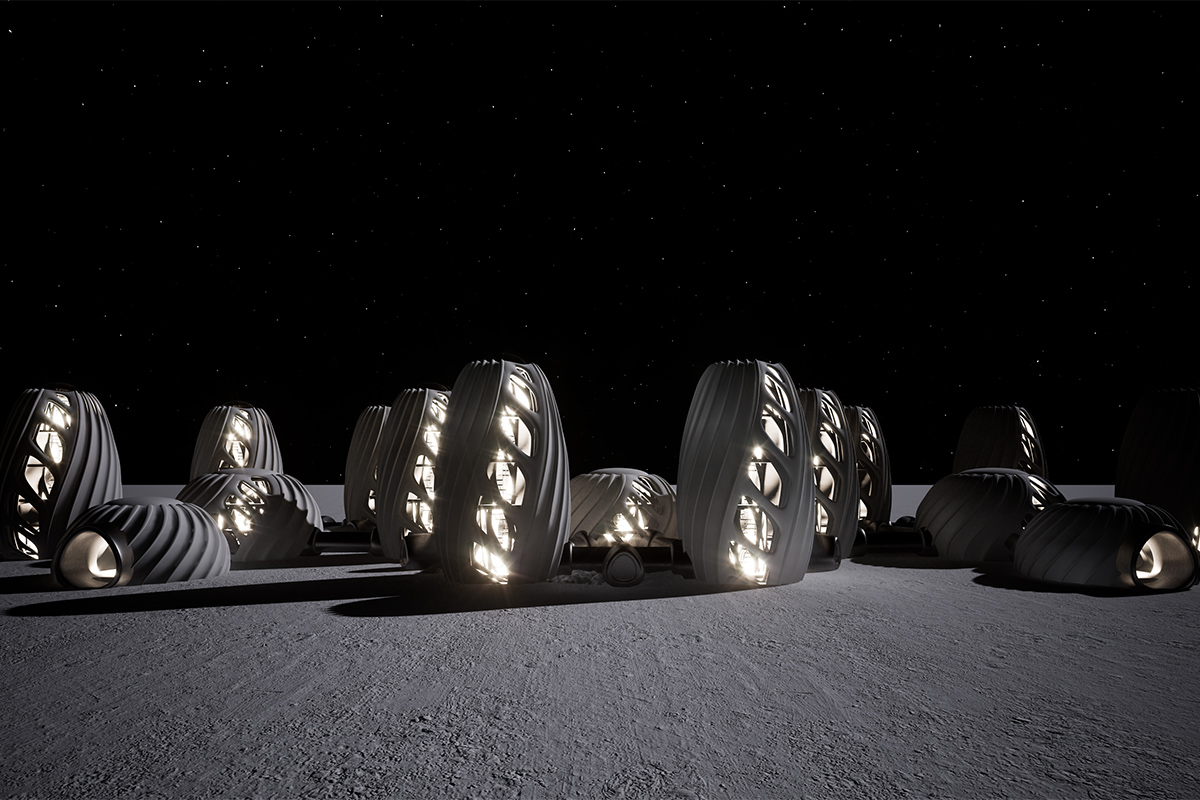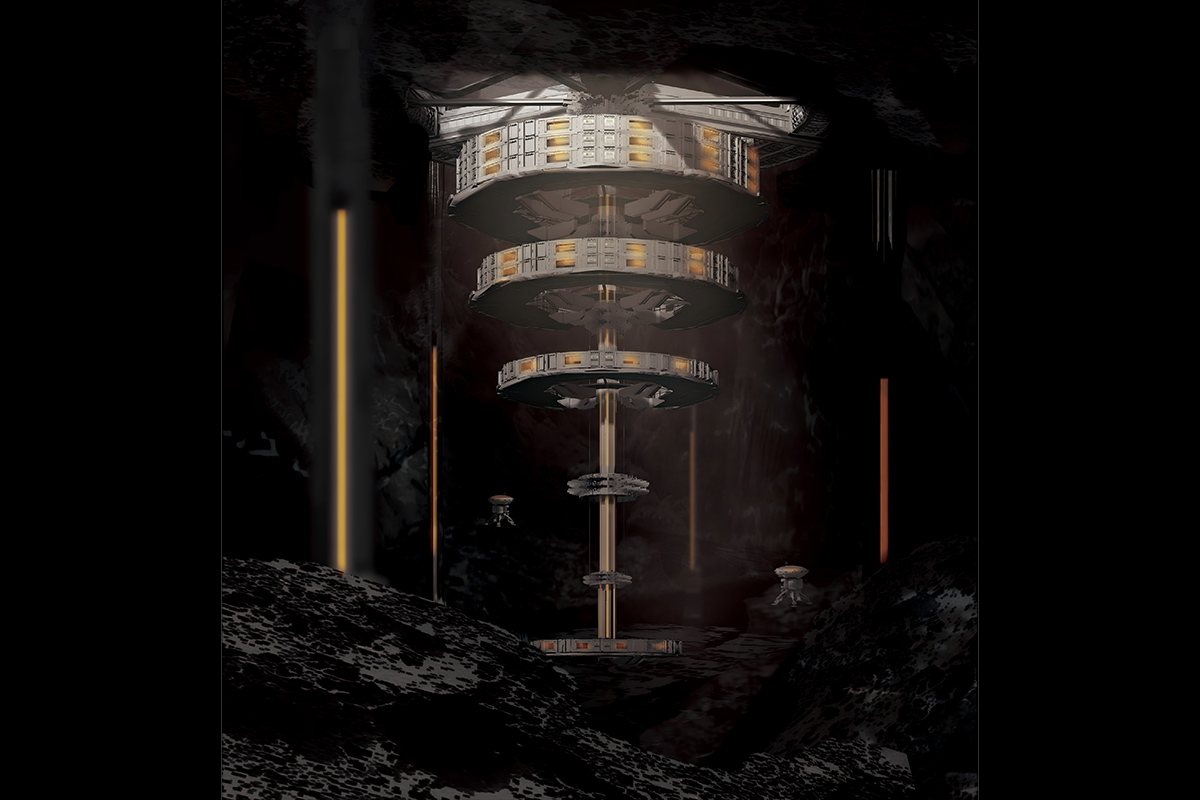Best habitats for the moon winners revealed in Adelaide
Winners of the best human habitats designed for the moon – with in-built greenhouses and oxygen stations – have been unveiled by the Uni of Adelaide’s Andy Thomas Centre for Space Resources. See the best entries from teams across the globe.

The winners of the second Australian Space Architecture Challenge (ASAC) have been announced, with futuristic designs of deep-space human habitats on the moon’s surface showcased.
University of Adelaide’s Andy Thomas Centre for Space Resources (ATCSR) hosted the challenge with 110 teams from across the globe participating in this year’s event—an increase from 80 participants in last year’s inaugural competition.
This year’s challenge theme ‘Built on the Moon’ required teams to design a lunar settlement at the Central Operations and Habitat Zone of the Australian Lunar Village near the Moon’s South Pole.

The Umbra project — designed by students at the University of Stuttgart in Germany — took home the $3000 grand prize.
You might like
Their futuristic hub design showcased built-in greenhouses, recycling management stations, oxygen regeneration stations and residential towers for lunar settlers.
ATCSR’s Head of the Lunar Architecture Research Group Dr Amit Srivastava said this year’s competition was “focused on industry integration” to solve challenges for building in space.
“Space Architecture has been a research theme since ATCSR’s inception in 2019, conducting research on habitation in extreme environments,” Dr Srivastava said.
“We partnered with four Australian construction and robotics companies involved in lunar construction to showcase our homegrown capabilities.”
Stay informed, daily
This included South Australian-based company Astroport Space Technologies, who have worked on the development of lunar construction machinery, and robotics company Crest Robotics and Earthbuilt.


Other companies included Australia’s biggest manufacturer of 3D concrete printing machinery Luyten 3D and Sydney-based 3D concrete printing company 3VIMA.
Dr Srivastava said participants were invited to demonstrate how “Australian capabilities” could address “NASA’s highest priority technology gaps”.
“The ASAC is endorsed by the Australian Space Agency and aligns with the Australian Civil Space Strategy and the Moon to Mars initiative to advance Australia’s position in the global space economy,” he said.
Other ASAC prize recipients included students from Xi’an Jiaotong-Liverpool University in China with their Moon Metabolism project which placed second, while Sydney-based Ihab Shamseldin and Samer El Sayary from Alexandria University in Egypt placed third with Lunar Colony Reefs.
Winning entries will be displayed at a public exhibition at the Space Architecture Symposium (SAS) organised by the ATCSR.
The SAS will be held in Australia for the first time in Sydney on Saturday, October 4.









